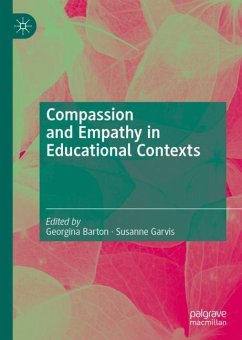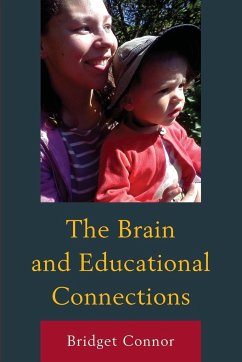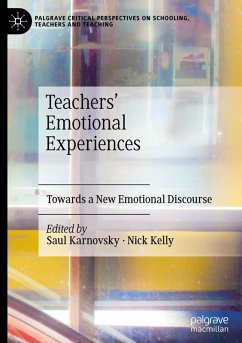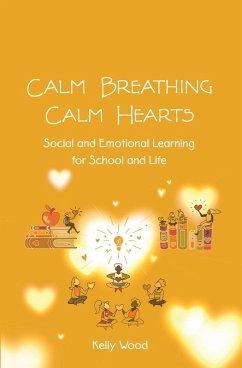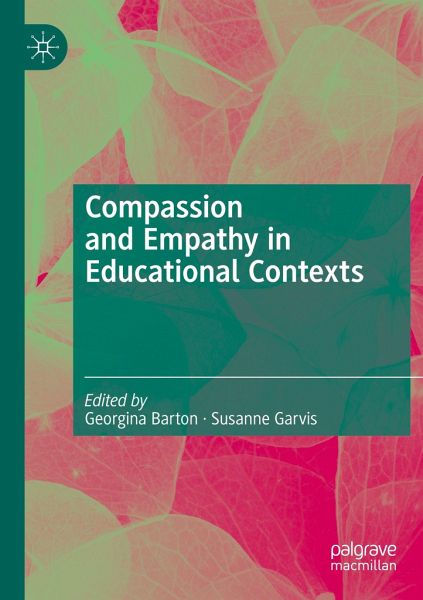
Compassion and Empathy in Educational Contexts
Versandkostenfrei!
Versandfertig in 6-10 Tagen
106,99 €
inkl. MwSt.

PAYBACK Punkte
53 °P sammeln!
This book explores the importance of compassion and empathy within educational contexts. While compassion and empathy are widely recognised as key to living a happy and healthy life, there is little written about how these qualities can be taught to children and young people, or how teachers can model these traits in their own practice. This book shares several models of compassion and empathy that can be implemented in schooling contexts, also examining how these qualities are presented in children's picture books, films and games. The editors and contributors share personal insights and prac...
This book explores the importance of compassion and empathy within educational contexts. While compassion and empathy are widely recognised as key to living a happy and healthy life, there is little written about how these qualities can be taught to children and young people, or how teachers can model these traits in their own practice. This book shares several models of compassion and empathy that can be implemented in schooling contexts, also examining how these qualities are presented in children's picture books, films and games. The editors and contributors share personal insights and practical approaches to improve both awareness and use of compassionate and empathetic approaches to others. This book will be of interest and value to all those interested in promoting compassion and empathy within education.





